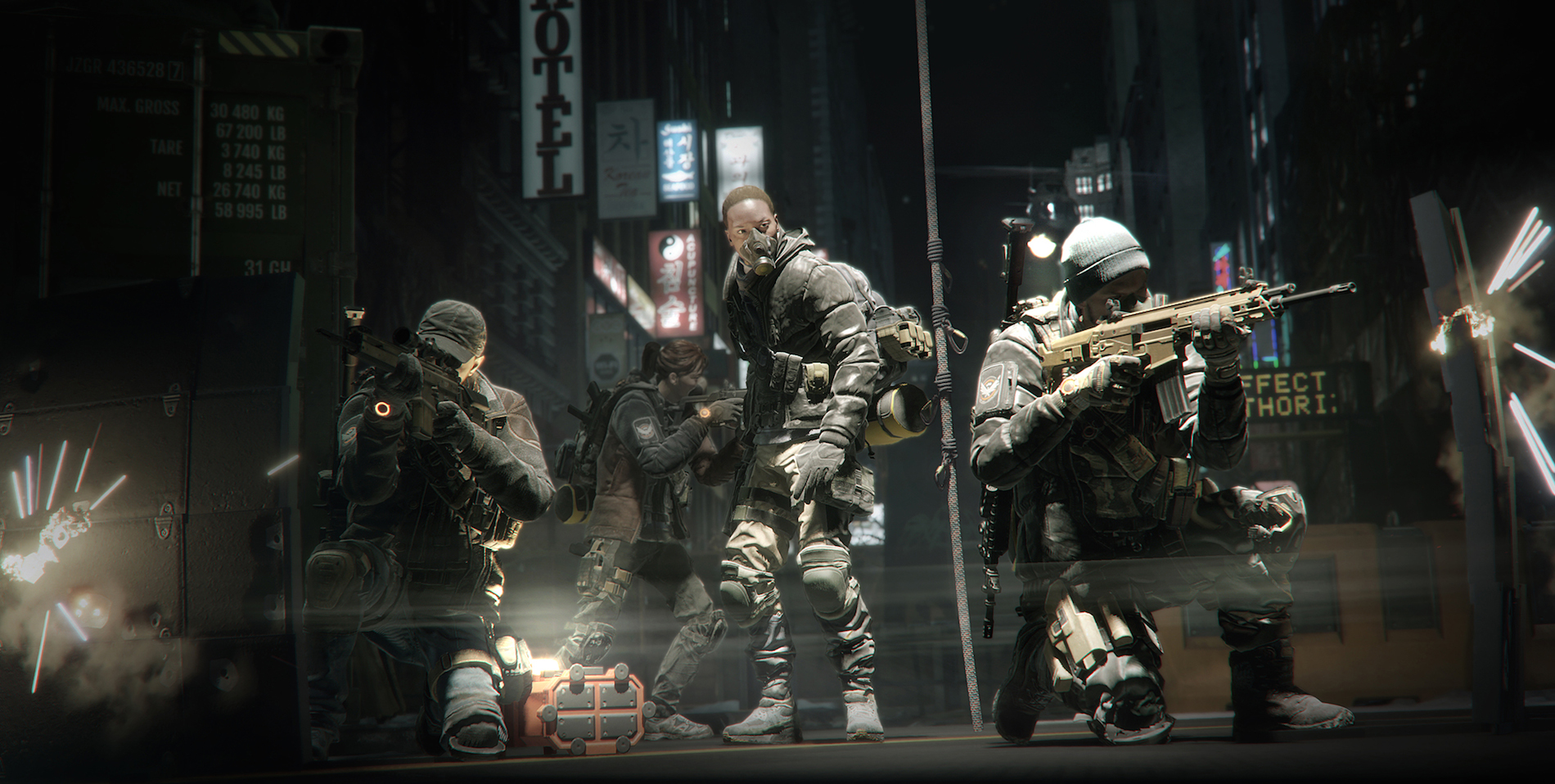It’s easy to mistake Tom Clancy’s The Division as a multiplayer-only game. Most of the previously released trailers just show people grouping together. However, developer Ubisoft Massive says solo players have nothing to worry about.
You can play through The Division (out March 8 for PlayStation 4, Xbox One, and PC) by yourself. But it was the team-based cooperative gameplay that was shown off at a recent hands-on demonstration in Los Angeles. During that event, creative director Magnus Jensen assured journalists that the open world shooter “is an excellent single-player game, should you choose to play it that way.”

Unlock premium content and VIP community perks with GB M A X!
Join now to enjoy our free and premium membership perks.
![]()

![]()